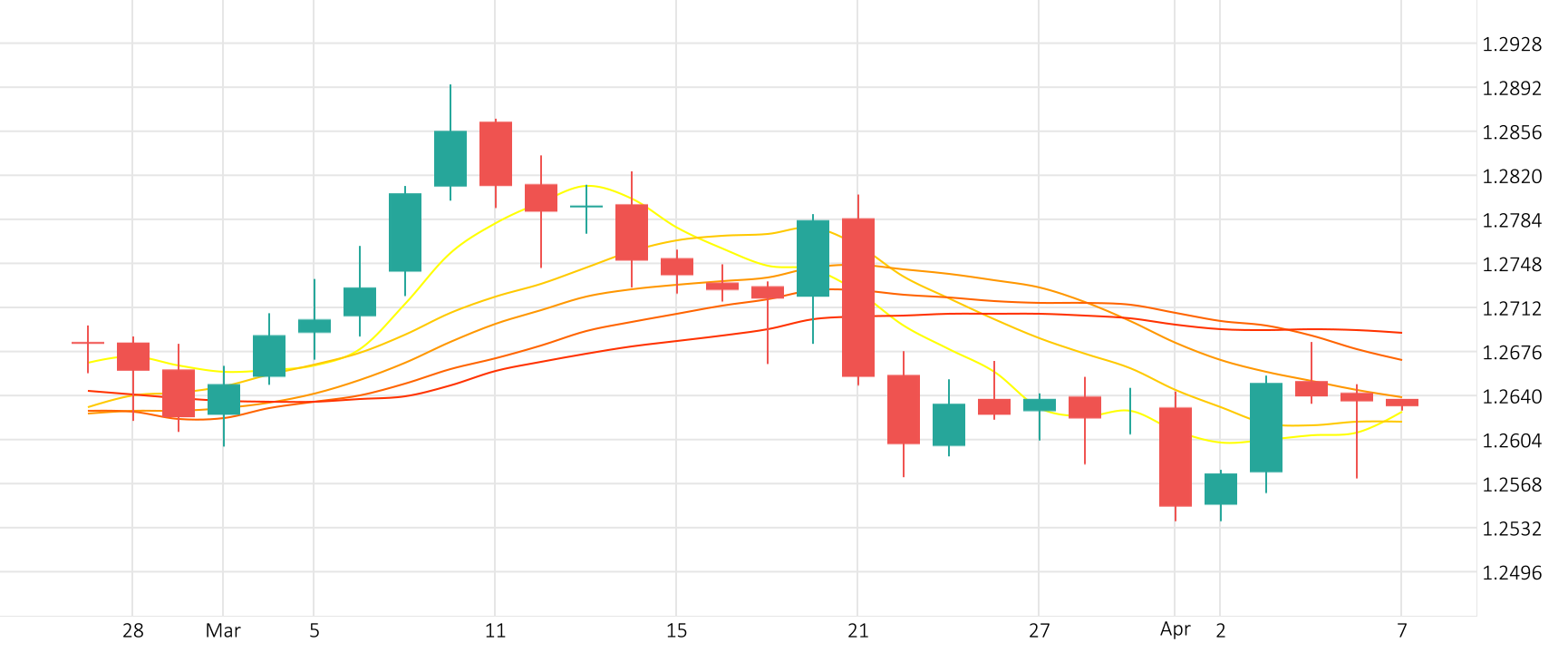
The Pound-Dollar pair traded sideways in the last session. The CCI is giving a positive signal.
GBP/USD remained largely unchanged in the last session.
The CCI is currently in positive territory.
Resistance 1.2697 Support 1.2589
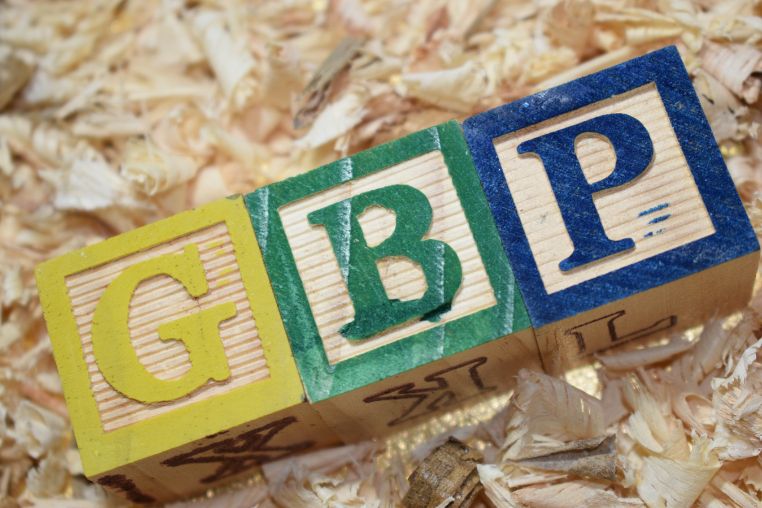

The Pound-Dollar pair traded sideways in the last session. The CCI is giving a positive signal.
GBP/USD remained largely unchanged in the last session.
The CCI is currently in positive territory.
Resistance 1.2697 Support 1.2589
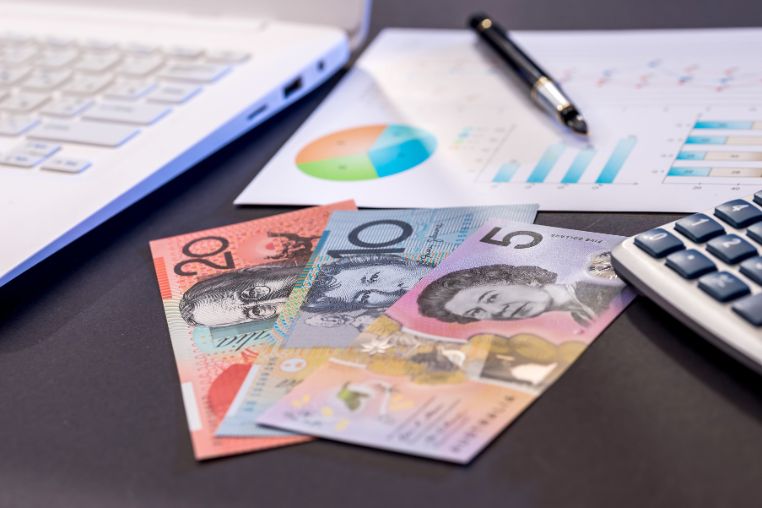
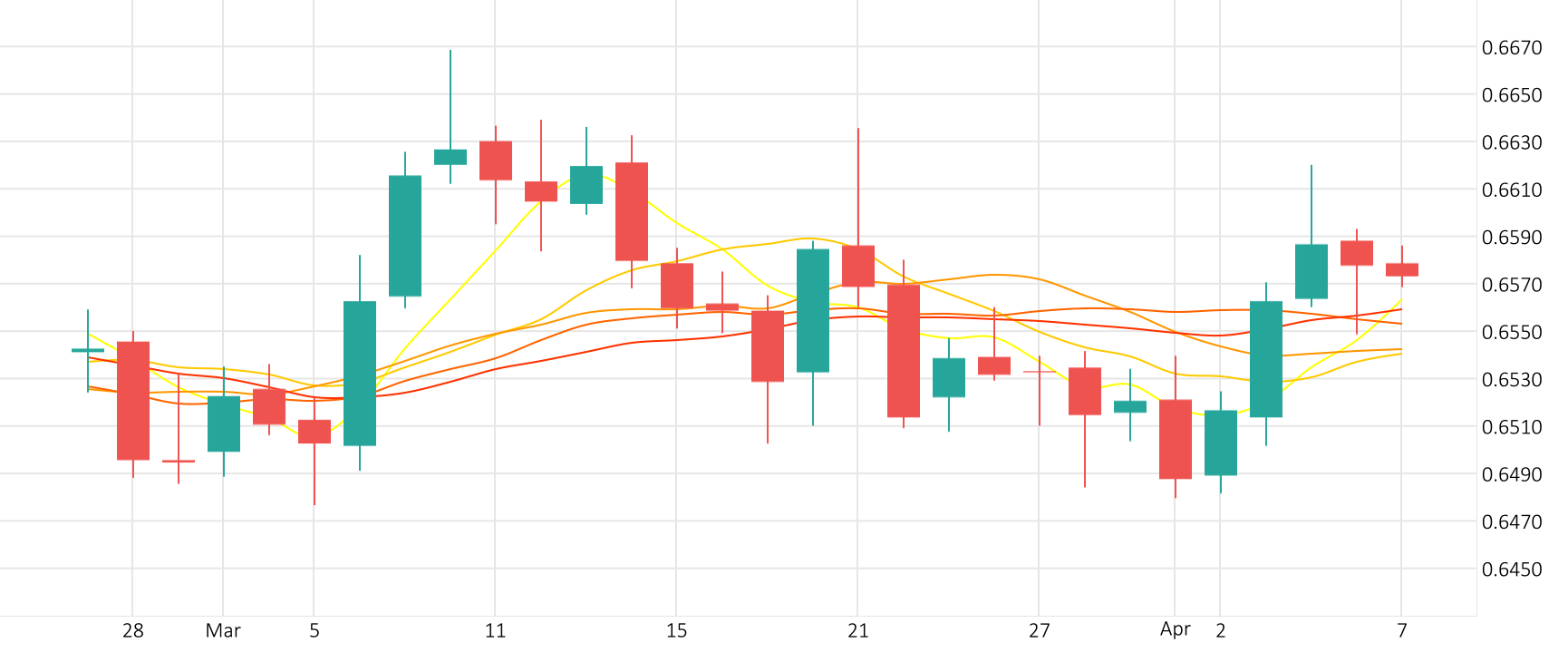
The Aussie-Dollar pair traded sideways in the last session. According to the Stochastic-RSI, we are in an overbought market.
AUD/USD remained largely unchanged in the last session.
The Stochastic-RSI is signalling an overbought market.
Resistance 0.6618 Support 0.6554
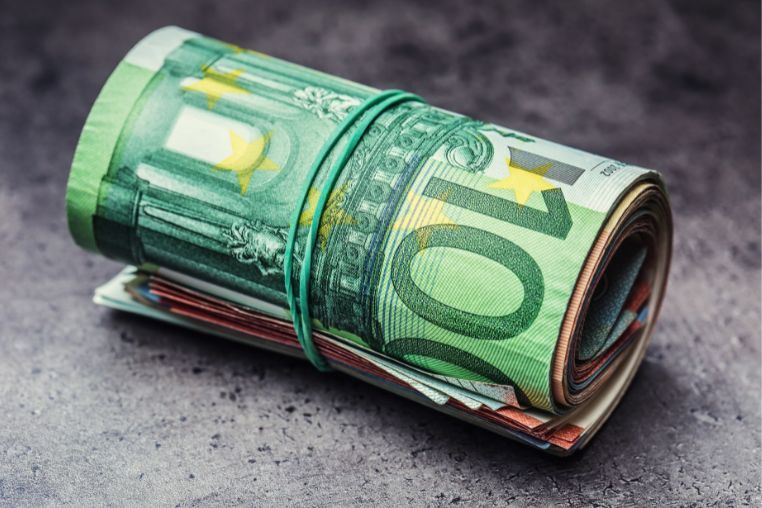
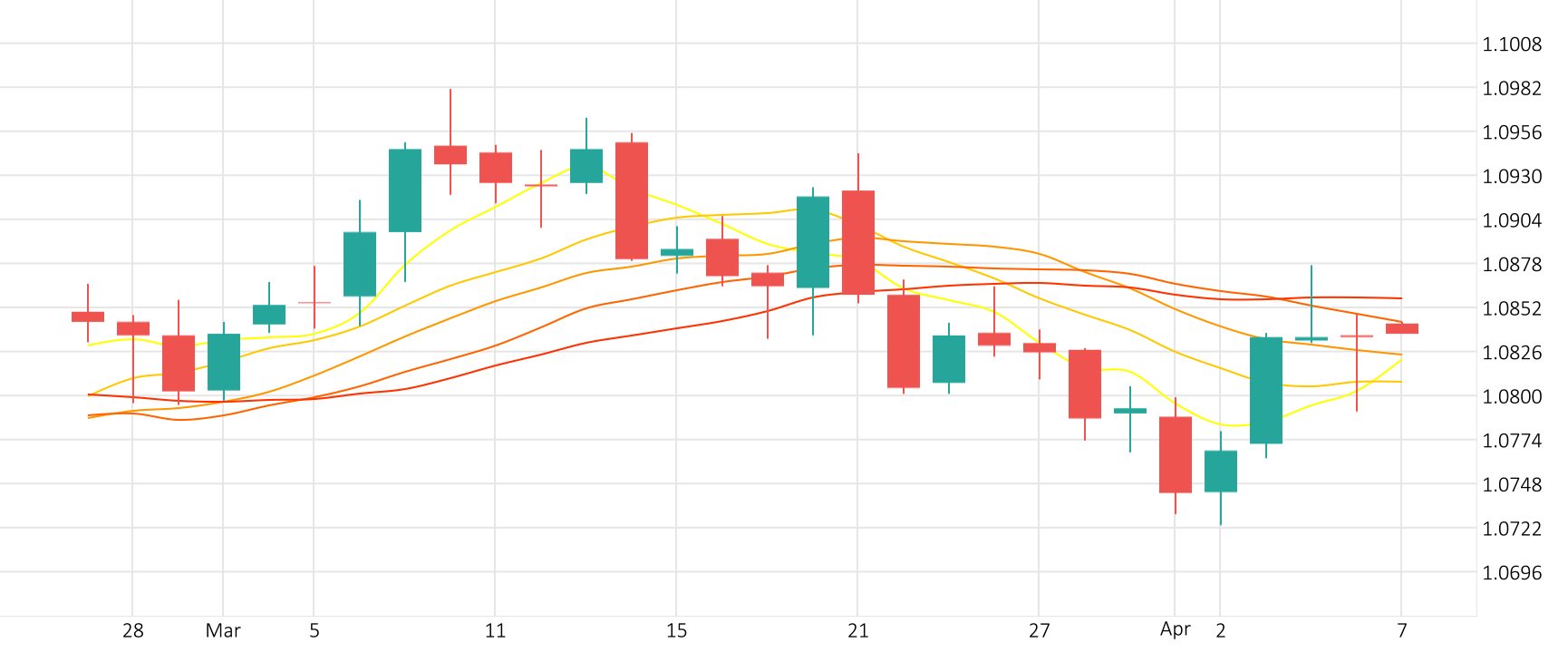
The Euro-Dollar price remained largely unchanged in the last session. The Ultimate Oscillator is giving a positive signal.
EUR/USD traded sideways in the last session.
The Ultimate Oscillator is currently in positive territory.
Resistance 1.0882 Support 1.0801


Alibaba shares saw a minor rise of 0.3% in the last session. The Williams indicator is giving a positive signal, going against our overall technical analysis.
Alibaba shares saw a minor rise of 0.3% in the last session.
The Williams indicator is giving a positive signal.
Resistance 72.395 Support 70.885
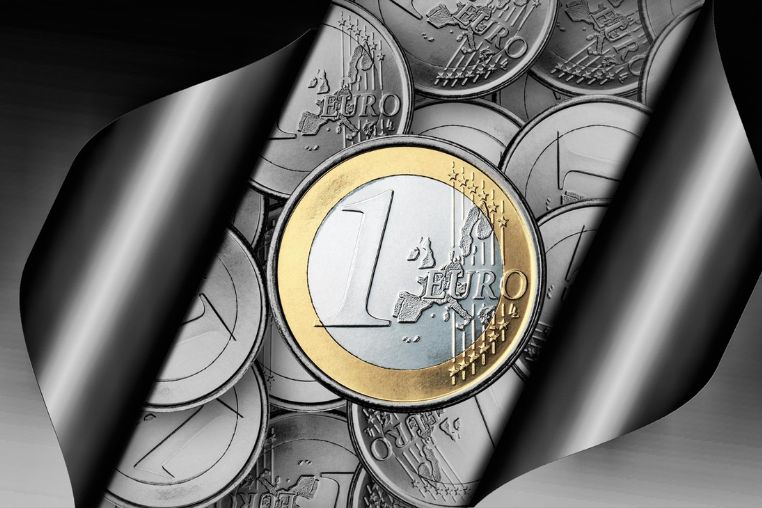
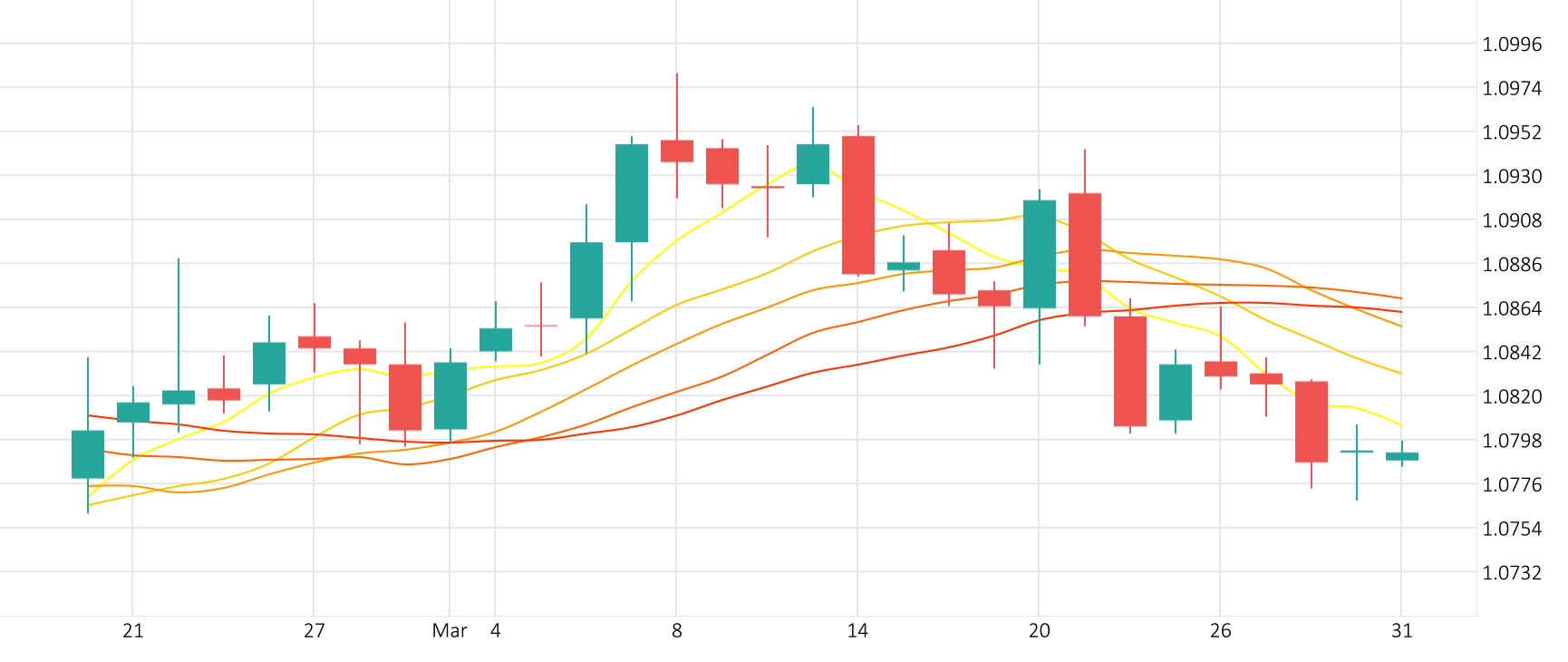
The Euro-Dollar price remained largely unchanged in the last session. The Stochastic-RSI indicates an oversold market.
EUR/USD traded sideways in the last session.
The Stochastic-RSI is signalling an oversold market.
Resistance 1.0827 Support 1.0772
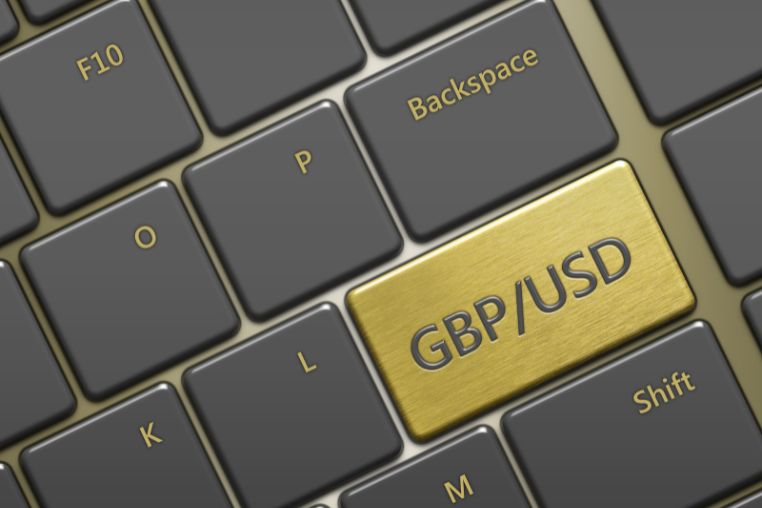
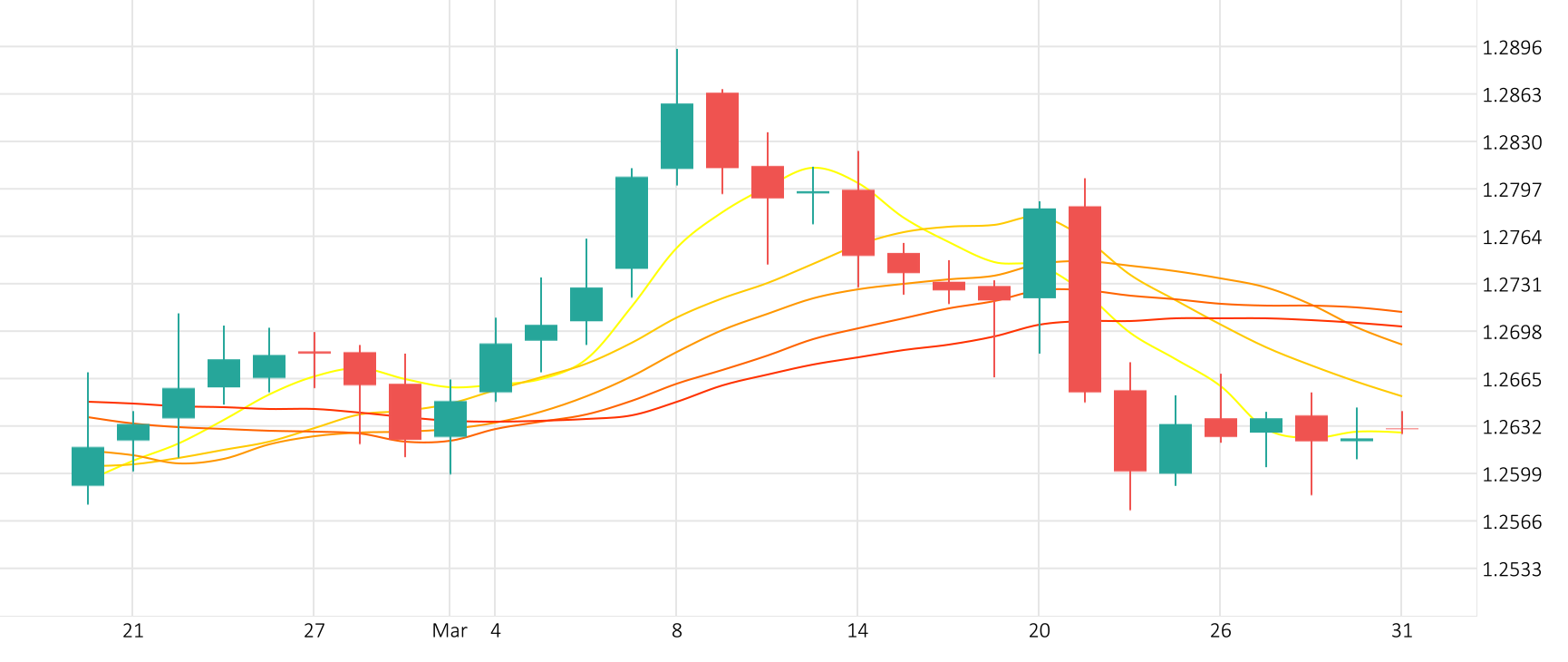
The Pound-Dollar price remained largely unchanged in the last session. The ROC is giving a positive signal.
GBP/USD remained largely unchanged in the last session.
The ROC is currently in positive territory.
Resistance 1.2662 Support 1.2607